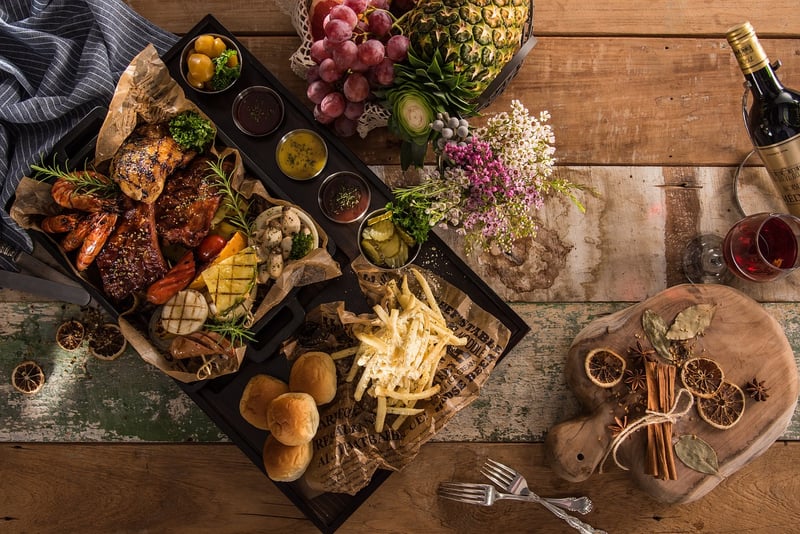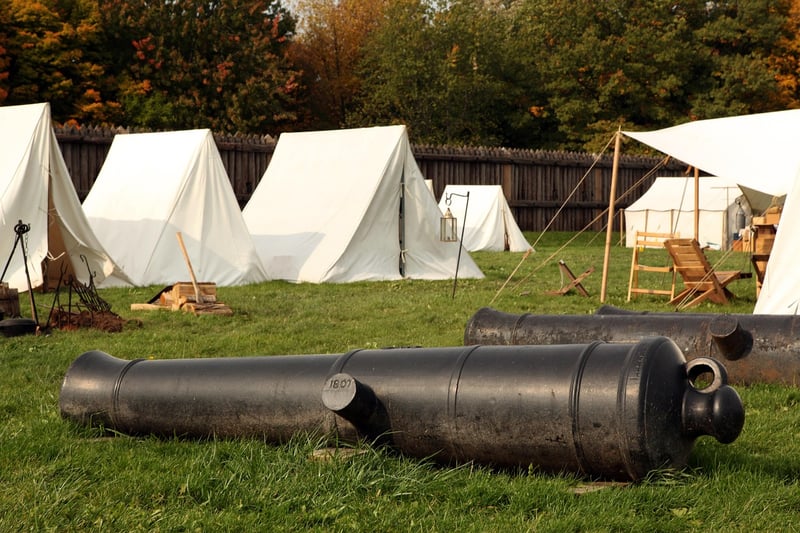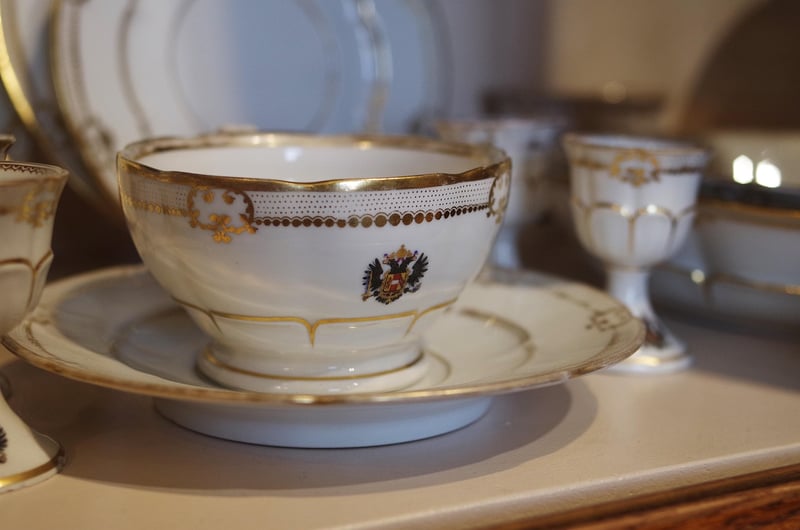Historical Manners
Understanding Behavior Guidelines and Historical Manners
Introduction
Behavior guidelines and historical manners play a significant role in shaping our interactions with others and reflecting our values as a society. By understanding the principles behind these social norms, we can navigate social situations with grace and respect for those around us.
Behavior Guidelines
Behavior guidelines are a set of informal rules that dictate how individuals should conduct themselves in various social settings. These guidelines help maintain harmony, respect, and consideration among people. Some common behavior guidelines include:
- Showing respect towards others
- Practicing good manners, such as saying "please" and "thank you"
- Being mindful of personal space and boundaries
- Listening actively and empathetically
- Resolving conflicts peacefully
Historical Manners
Historical manners refer to the customs and etiquette practices that were prevalent in past societies. These manners were often influenced by cultural norms, social hierarchies, and traditions. While some historical manners may seem outdated in today's world, they provide valuable insights into how people interacted and communicated in earlier times.
Examples of Historical Manners:
- Bowing or curtsying as a sign of respect
- Using formal titles when addressing others
- Following specific dining etiquette, such as using the correct utensils
- Wearing appropriate attire for different occasions
- Writing thank-you notes after receiving gifts
Benefits of Following Behavior Guidelines and Historical Manners
Adhering to behavior guidelines and historical manners can have several benefits, including:
- Building positive relationships with others
- Creating a harmonious and respectful environment
- Enhancing personal and professional credibility
- Preserving cultural traditions and values
- Improving communication and social skills
Conclusion
By embracing behavior guidelines and learning from historical manners, we can cultivate a more civil and empathetic society. These principles serve as a foundation for meaningful interactions and contribute to a culture of kindness and understanding.
Remember, practicing good behavior and manners is not just a reflection of who we are but also a way to show respect and consideration for those around us.
Let us uphold these timeless principles in our daily lives to promote goodwill and foster positive relationships in our communities.


